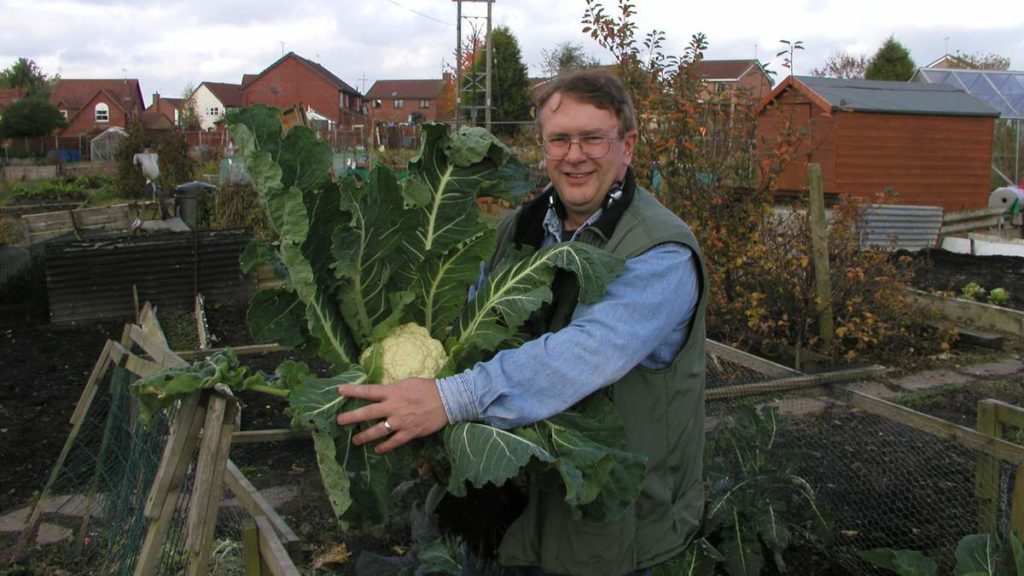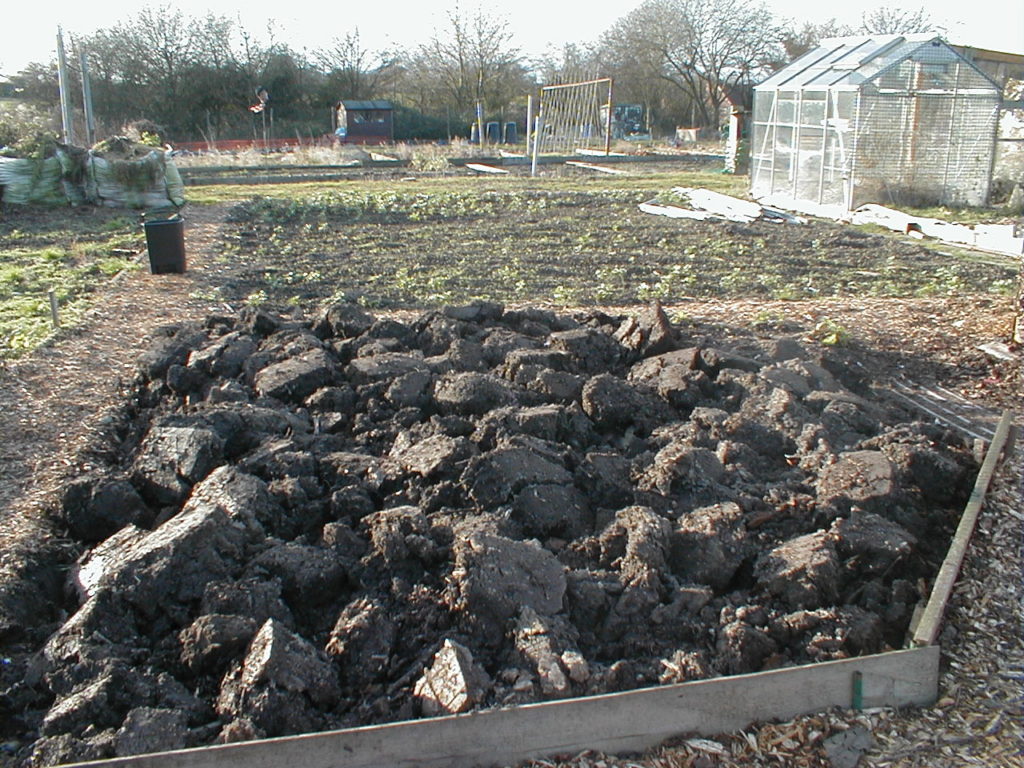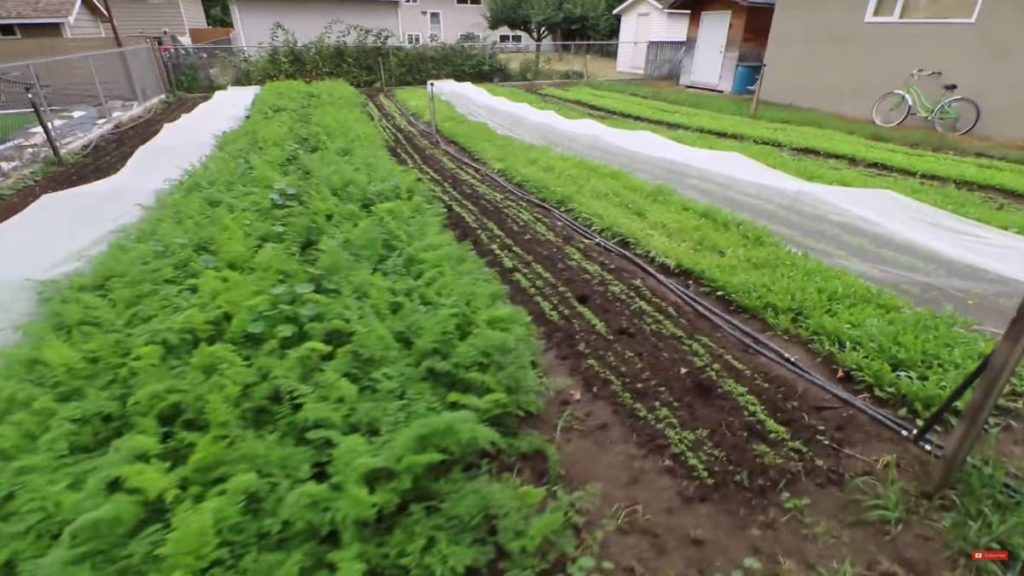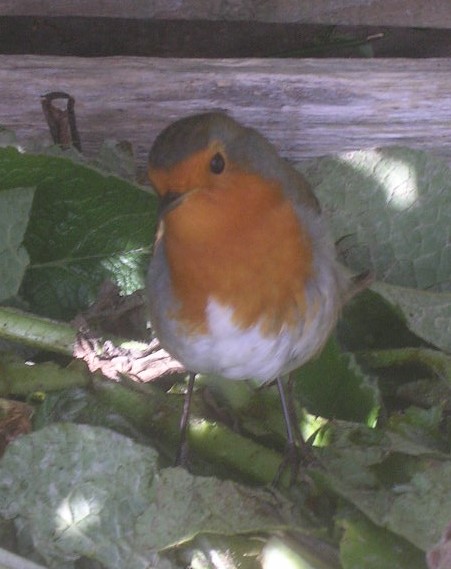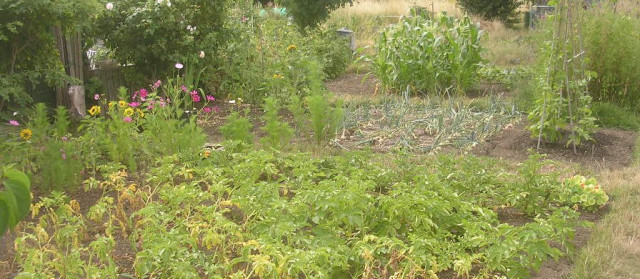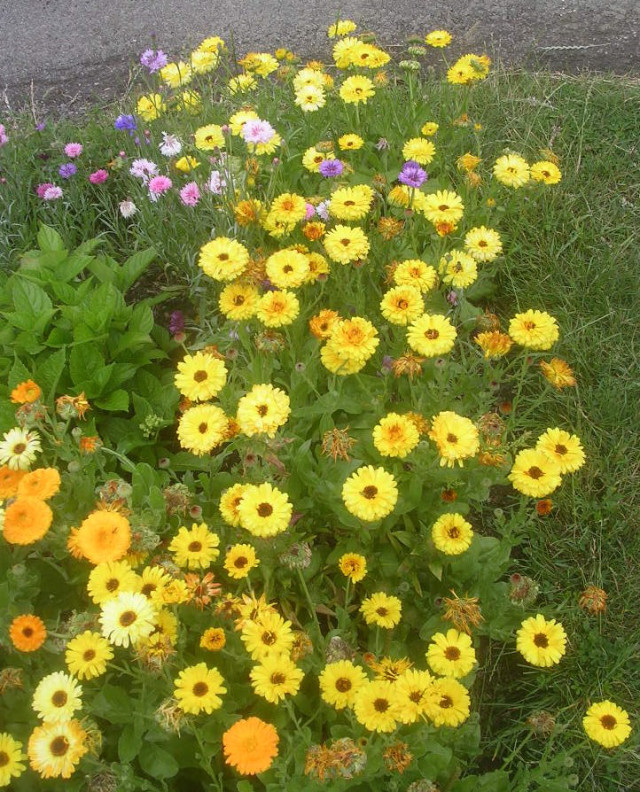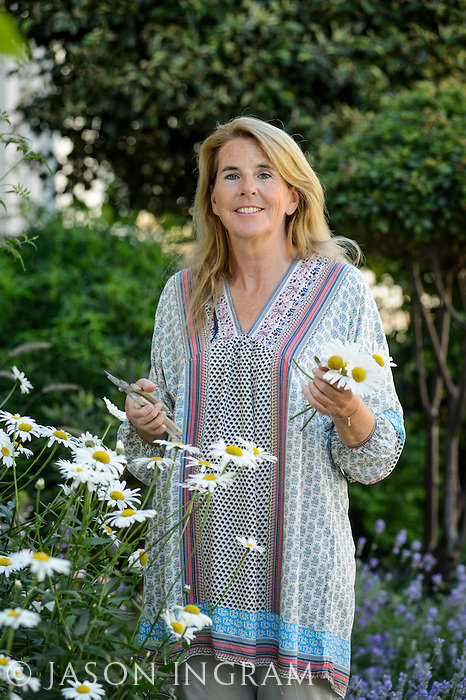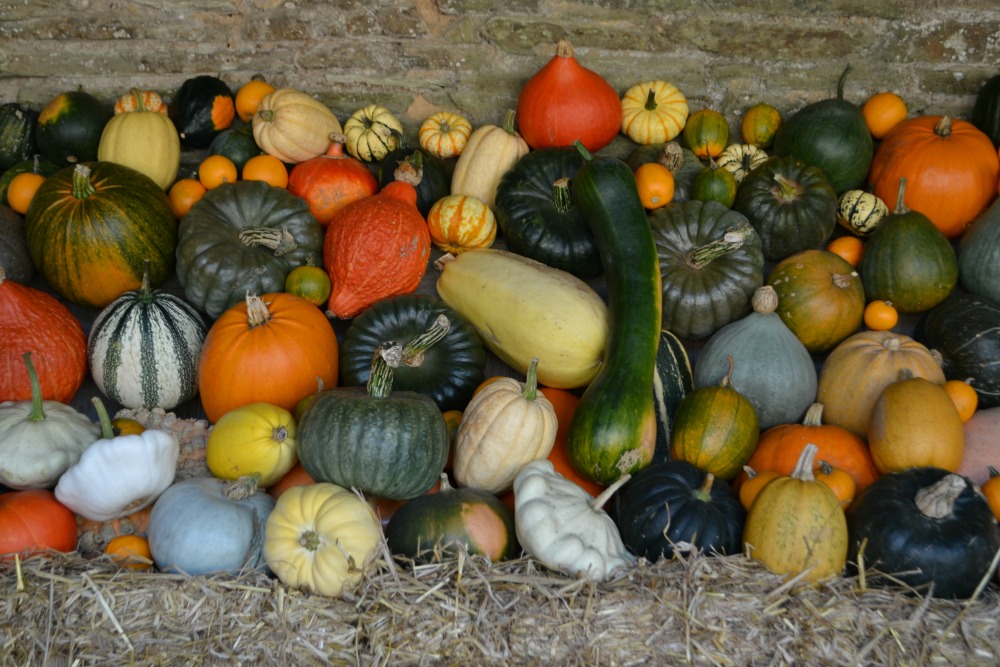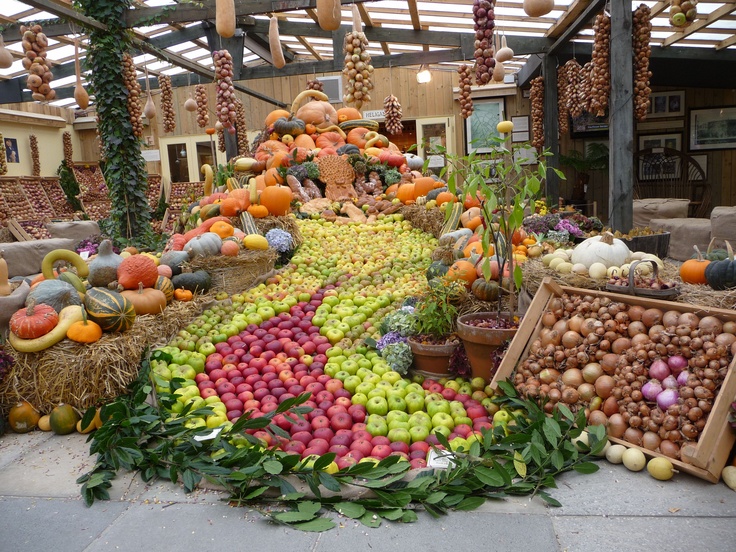This Week’s Guest Blogger is Alison Hepworth
I am the regional manager covering Kent Surrey and London for the WFGA. There are 18 regional managers covering the length and breadth of the UK.
The WFGA is a registered charity, founded by women in 1899 concerned by the lack of education and employment opportunities for woman working on the land.
These days, the scheme is open to men and women looking to change careers or develop their horticultural knowledge. Alongside workshops and skill days, it operates a trainee scheme called WRAGs which has propelled many trainees to successful careers in horticulture. Currently we work with around 170 gardens across the United Kingdom. The majority have a WRAGs trainee, and there are many more hoping for a placement.
It is a brilliant scheme and I should know: it changed my life. This is my story:

I joined the police in 1986. This photo shows me sitting on a World War II Hermann Bomb weighing 2,200lb in 1987, which was unearthed by construction workers in Bermondsey, London. It was one of the largest types of bombs the Germans dropped on Britain during the Blitz. I was 21 years old.
I spent 30 happy years in the police, spending the last 11 years as a Detective inspector on a murder squad in South London before retiring in 2017. It was definitely time for a change.
I had always loved gardening and decided to do an RHS level 2 gardening course at Hever Castle. There I heard about the amazing, life-changing, WRAG scheme. I learnt that trainees are placed in a garden and trained by the head gardener or owner for two days week for 12 months and paid the national living wage.
I signed up and was very lucky to get a place within six months in a garden originally designed by the renowned horticulturalist Sir Harold Hillier. Significant features of the Hillier garden remain including box parterres, yew hedges, terracing and signature plants including Scots pine and camellias.
My first day of training was in February 2018. It was freezing cold and, by the end of the day, I was exhausted and barely able to move! Gradually my body got used to the physical work as I learnt about the garden throughout the seasons. The scheme ensures that trainees cover a variety of topics including pruning, pest disease and weed control, soil cultivation, propagation, and management of herbaceous borders. I was taught by two gardeners Helen McCready and Serena Crighton-Stuart. Both were very patient with me, guiding carefully at all times, even letting me loose on box balls which I tried very hard not to turn into a cube. Here is a picture of me pruning Jasminum. Probably just as risky as sitting on the bomb!

The year flew by and I was lucky enough to be taken on by the garden owners. I now work there two days a week. In addition, I was also employed by the WFGA as a regional manager. The garden has also taken on a new WRAGS trainee and plan to take more in future years.
The moral of my story is never be afraid to take a leap of faith. I left the police not knowing what I was going to do next, afraid of all the spare time I would have. Now I am occupied pretty much all of the time and have met some fantastic and interesting people along the way.
If you would like to join the WFGA and the WRAGS then the following link will give you all the information. We are also always on the lookout for extra gardens to place our growing list of hard-working and enthusiastic trainees.
www.wfga.org.uk
A potted history of the WFGA
Originally, membership was open to anyone connected in any way with the land, in farming, gardening and allied industries, or those with a keen interest in these matters. Many of the founder members were professional women working in education, gardening, farming and small holdings.
At the outbreak of the First World War, a founder member Louisa Wilkins realised that there would be a shortage of labour on the land and the Women’s National Land Service Corps was launched offering work placements to women, both rural and urban. This movement was so successful that it soon outgrew a small voluntary organisation and was taken up by the Government and the first Women’s Land Army was born.
Between the wars there were difficult years of recession and the Association worked hard to improve the working conditions and status of women in land work and to open up employment opportunities to qualified trainees. The first training scheme in practical skills was set up during the Second World War giving valuable service to those seeking to work on the land. A Garden Apprentice Scheme for school leavers was set – this led to the development of Government Youth Training Schemes.
In 1993 the Association, established the ‘Women Returners to Amenity Gardening Scheme’. Designed to offer ‘returners’ who were considering a career in horticulture, training in practical gardening skills, within private and public gardens throughout the United Kingdom.
In 2014 the name was changed to reflect the change in the type of applicants applying – Work and Retrain As a Gardener Scheme.’




